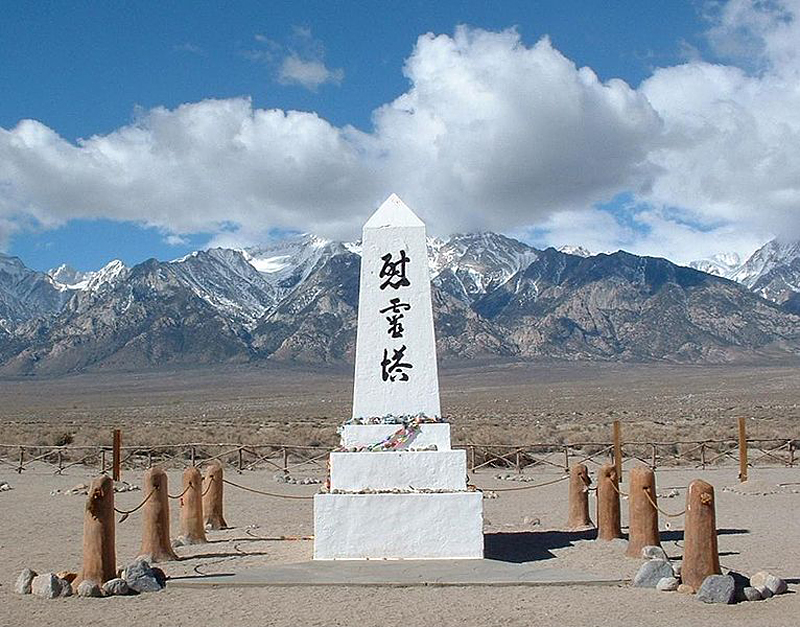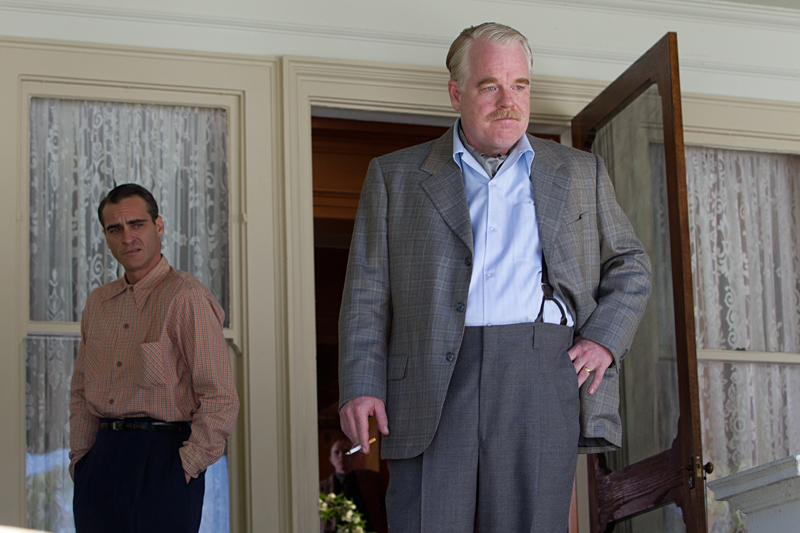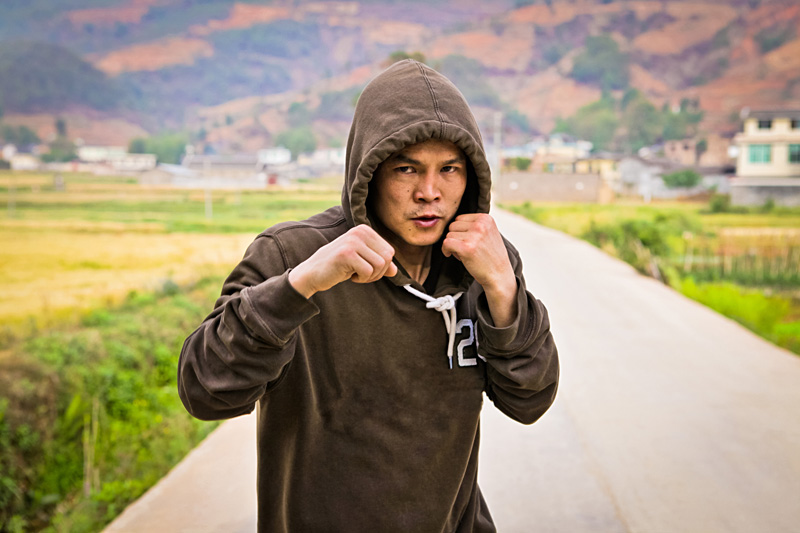This documentary opens with a photomontage of Japanese-Americans in the late ’30s and early ’40s, just before the outbreak of WWII, going about all-American activities: shopping, picnicking, attending Boy Scout meetings, and pledging allegiance to the U.S. flag. None of that mattered when war broke out and more than 100,000 Americans of Japanese descent were rounded up (some voluntarily) for internment. Director Cory Shiozaki tackles this grim chapter in American history from an original angle, celebrating a subtle but powerful form of resistance practiced by many behind the army-patrolled barbed wire: When roughly 10,000 Japanese-Americans were relocated to the Manzanar camp, they discovered that nearby creeks were teeming with trout, and many took to sneaking out of the camp to fish. Shiozaki squeezes in history lessons on the region (located between L.A. and Reno), including how the trout came to be there, while giving a thorough look at the Japanese community both pre- and postwar. He does that with lots of newsreels and photos, but most powerfully through interviews with survivors (identified by the block, barracks, and camp apartment they lived in). The film is engrossing as it explains how and why, for those interned, the simple act of fishing was both meditative and utterly subversive.
The Manzanar Fishing Club: Japanese-Americans Remember Their Shameful Detention








